1978 Garfield “It’s not a pretty life but somebody has to live it” McDonald’s mug: 99,300 ppm Lead (causes brain damage) + 5,833 ppm Cadmium (causes cancer)
Continue reading below the images of additional cups/mugs/glassware we have tested. Each image below is a direct link to a separate article about that item containing its XRF test results. This piece (about the Garfield mug) is a good overview to help provide context for all of these additional examples.


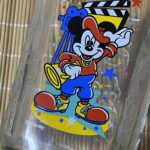
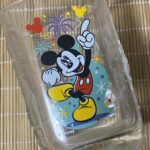





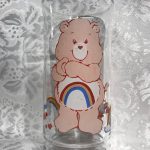
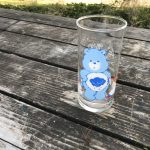


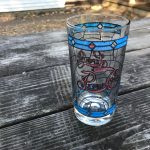
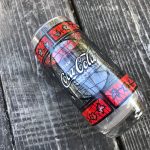


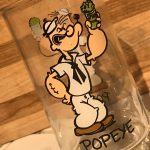



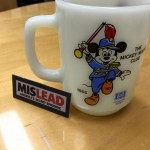

Published: October 11, 2019
Updated: April 16, 2022 — Saturday
Garfield McDonald’s Collector Glass marked “1978” on the side
How much Lead is “too much” Lead? How much Cadmium is “too much?”
In currently manufactured items marketed and sold as “items intended for use by children,” 90 ppm Lead or greater is considered illegal in the paint, glaze, or coating; 100 ppm Lead or greater is considered illegal in the base substrate. This law (the Consumer Product Safety Improvement Act/ CPSIA) went into effect in 2008 and was not fully enforceable until 2012 (as compliance related to certain types of products was phased in over time). As a result, products made before 2008 could legally be painted with unsafe levels of Lead (and other toxic elements/heavy metals) in the paint.
In addition to testing positive for an extremely high level of Lead in the paint, this “1978” (the year marked on the glass, not necessarily the year manufactured – these were made in the 1980s) McDonald’s Garfield coffee mug also tested positive for high levels of Cadmium (Cd) in the paint. Cadmium is a known carcinogen that does not belong in our dishes or anywhere else in our kitchen.
- There is currently still no Federal regulatory limit or standard for total XRF-detectable Cadmium in dishware in the United States.
- Cadmium is considered illegal in consumer goods in the country of Denmark at levels of 75 ppm or higher; in the U.S., the State of Washington has a consumer goods Cadmium limit of 40 ppm.
- To read more about the concerns for Cadmium in consumer goods, click here.
Below is one full set of the exact XRF readings for this Garfield-themed glass McDonald’s mug:
All colors of the paint on the glass were tested — the orange fan had the highest reading. This is the reading set for a 60-second XRF test on just the orange fan being held by Garfield’s dog (although the other readings were within 10,000 or 20,000 ppm of the reading below). The XRF test results reported on this website are science-based and replicable. All testing reported here on the website is for tests repeated multiple times, to confirm the results. To learn more about the testing methodology and instrumentation used for test results of consumer goods reported on this website, click here.
- Lead (Pb): 99,300 +/- 3,700 ppm
- Cadmium (Cd): 5,833 +/- 387 ppm
- Chromium (Cr): 570 +/- 154 ppm
- Selenium (Se): 459 +/- 85 ppm
- Zinc (Zn): 1,451 +/- 119 ppm
- Copper (Cu): 227 +/- 72 ppm
- Iron (Fe): 513 +/- 213 ppm
- Titanium (Ti): 7,684 +/- 535 ppm
“But it is only on the outside of the glass, right? Is this really a problem?”
Some people might say, “Well — it’s only on the outside of the glass — you are not drinking Lead,” or “The Lead doesn’t touch the contents of the glass,” or “I’m not licking the outside of the glass!” (Yeah, that is a popular, actual comment).
The fact of the matter is that all Federal agencies agree: it only takes — literally — a microscopic amount of Lead to poison a human (or pet) and that all forms of Lead have the potential to cause harmful impacts on biological structures (there is no “safe” form of Lead or safe use of Lead in the home).
If you have any of these types of glasses (vintage glasses with painted characters or designs) in your home, you are likely familiar with the fact that the paint wears over time with use, as is clearly evident when colors fade and parts of images disappear. The concern is therefore about “where do those micro-particles of Lead go as the decorative elements of the glass wear with use and washing?” The answer is fairly obvious: into your kitchen, your sink, your dishwasher, your cabinets — and even potentially onto your hands or into the food you prepare in your kitchen. Here’s an article that discusses the “only on the outside” argument in more detail.
- This article discusses (in more detail) how much Lead it takes to poison a human.
- This link has more examples of similar glasses we have tested and reported on here on the Lead Safe Mama website.
- While this issue has not been widely studied (specifically in terms of the greater long-term implications of Lead, Cadmium, and other toxicants found in the exterior decorative painted elements on functional glassware or dishes), it has been studied to some degree. You can read about one such study (from 2017, England) here, at this link.
- Another comprehensive article was written on Cracked.com earlier this year — here is the link.
What are the potential pathways for Lead exposure from an item like this?
The main pathways for Lead exposure (from all sources) are ingestion and inhalation. With a cup/mug like this, the primary concern is for exposure to microparticulate Lead directly (through using the cup when drinking beverages), or indirectly, in which the Lead wearing off the surface of these cups may be added to your kitchen environment with time and use.
- You can ingest (microscopic) bits of Lead while drinking from the glass (especially if your mouth touches the painted pattern as you drink).
- It is also possible that microparticulate from the high-Lead paint can wear off onto your hands as you touch the glass (and then you might do something like eat a chip or an apple without washing your hands first, resulting in another potential ingestion pathway).
- In testing I have done when there is high Lead paint on the outside of the glassware, the inside and outside of the glass (on unpainted areas) also often test positive for trace (low) levels of Lead (likely the worn paint found across the glass). So there is potential for microparticulate lead from the wearing paint to be on the inside of the glass (even though it is not visible). This is another potential ingestion pathway.
- Finally (and less likely to cause a quantifiable exposure risk) — the bits that wear off from washing (abrasion and detergents) and friction (bumping against other dishes in your cabinet, especially if you stack them in a way that might contribute to the paint wearing) can also contribute to microparticulate Lead being added to your kitchen environment.
“Have I been poisoned from using this mug (or one like it)?”
There are, in fact, case studies in which adults have been chronically Lead-poisoned from habitual (daily) use of a high-Lead-content coffee mug. That said, given the Lead is “only” on the outside of these mugs, while it is demonstrably not impossible for a mug like this to cause chronic (acute) Lead-poisoning if used daily, it is more likely the impact of using a vintage painted glass mug like this would be possibly generating persistent low-level chronic Lead exposure that may not show up in a routine Blood Lead Level (BLL) test. This is because the low threshold of detection for BLL tests is normally 2.0 or 3.0 micrograms of Lead-per-deciliter of blood — even though negative health impacts like fertility issues and negative birth outcomes/complications have been scientifically demonstrated to occur at much lower blood Lead levels such as BLL 0.43.
The overarching concern, when discussing the issue of Lead found in so many consumer goods in daily use in our homes, is more the concern for a persistent, chronic background level of exposure (aggregate exposure from multiple sources combined) that may likely go undetected for years, yet still significantly contribute to persistent health issues that have been linked to low-level Lead exposure. This could look like headaches, arthritis, a compromised immune system, kidney issues, heart complications, ADHD, impulse control issues, memory impairments, infertility/erectile dysfunction, and more. As a result — especially if you are symptomatic at all, OR if you are planning on becoming pregnant any time soon — it is always a good idea to get a Blood Lead Level test if you have not had one recently. If you let your doctor know you have had a recent potential exposure to Lead, testing should be covered by your insurance in most cases. This article discusses BLL testing in detail.
Here are a few articles discussing this in more depth:
- Symptoms of Lead Exposure in Adults
- Will this item poison me?
- Is the testing methodology used on this website relevant for determining potential human exposure risk?
- Is this work fear-mongering? Or is there a real concern identified with XRF testing?
- What’s the risk with Lead in dishes (in general)?
- The link between low-level exposure and birth complication and fertility issues in women of childbearing age.
“What should I do with these glasses?”
My first thought is that Lead-painted glassware like this should be destroyed — because even if YOU set yours aside as a collectible now, that does not prevent some child from eventually possibly using it as a drinking glass at some point in the future (10, 20, or 30 years from now, for example). While (as a mother of acutely Lead-poisoned children) I would never keep items like this in my home, if you MUST keep them (for some sentimental reason), please consider at least keeping items like these in a locked curio-cabinet behind glass. Please do NOT let any children in your life handle or use them.
Some folks have suggested keeping these as a “pencil cup” (or for a similar non-food use purpose). Whatever you choose to do with your cups, I strongly recommend retiring vintage, painted mugs and glassware like these from your rotation of mugs used for drinking beverages. The risk is too great — especially considering that inexpensive Lead-free alternatives are readily available (here’s a link with some Lead-free mug options, many of which can also be found at Walmart, Target, or the Dollar Store).
Some additional links that may be of interest:
- If you are interested in participating in the consumer goods testing that we report on at this website, click here to learn more about how it works.
- Even though these glasses are incredibly toxic, as a consumer you are allowed to throw them in the household trash. This article discusses disposal considerations in more detail.
As always, Thank You for reading, and for sharing Lead Safe Mama articles! Please let me know if you have any questions — I will do my best to answer them personally, as soon as I have a moment (although it may take a while as I am often busy with kids underfoot, or helping families with Lead-poisoned children across the country).
Tamara Rubin
#LeadSafeMama
Owner — Lead Safe Mama, LLC
An Oregon-based, woman-owned small business.
For those new to this website:
Tamara Rubin is a multiple-federal-award-winning independent advocate for childhood Lead poisoning prevention and consumer goods safety, and a documentary filmmaker. She is also a mother of Lead-poisoned children (two of her sons were acutely Lead-poisoned in 2005). Since 2009, Tamara has been using XRF technology (a scientific method used by the U.S. Consumer Product Safety Commission) to test consumer goods for toxicants (specifically heavy metals — including Lead, Cadmium, Mercury, Antimony, and Arsenic). Tamara’s work was featured in Consumer Reports Magazine in February of 2023 (March 2023 print edition).
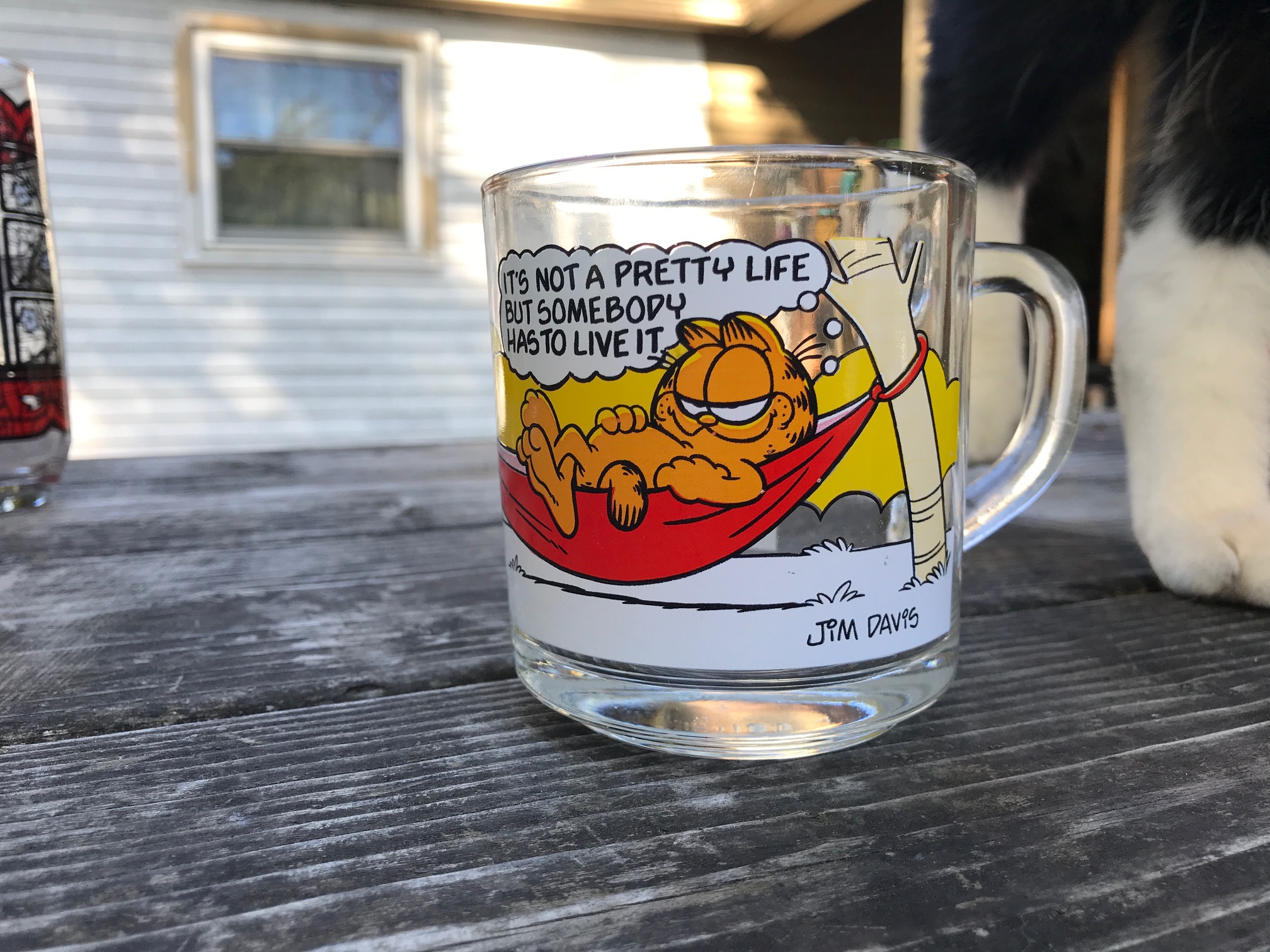
Never Miss an Important Article Again!
Join our Email List








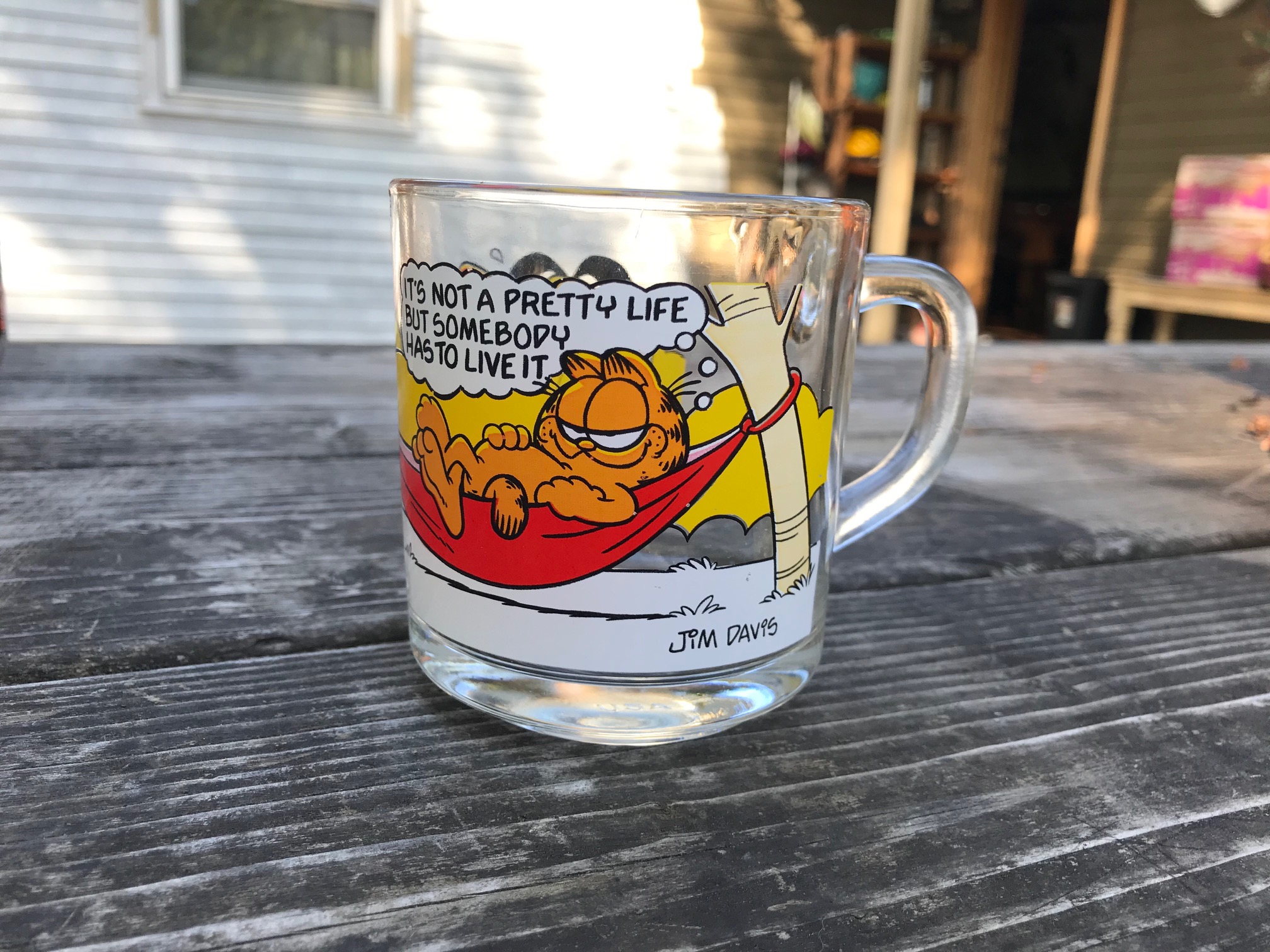
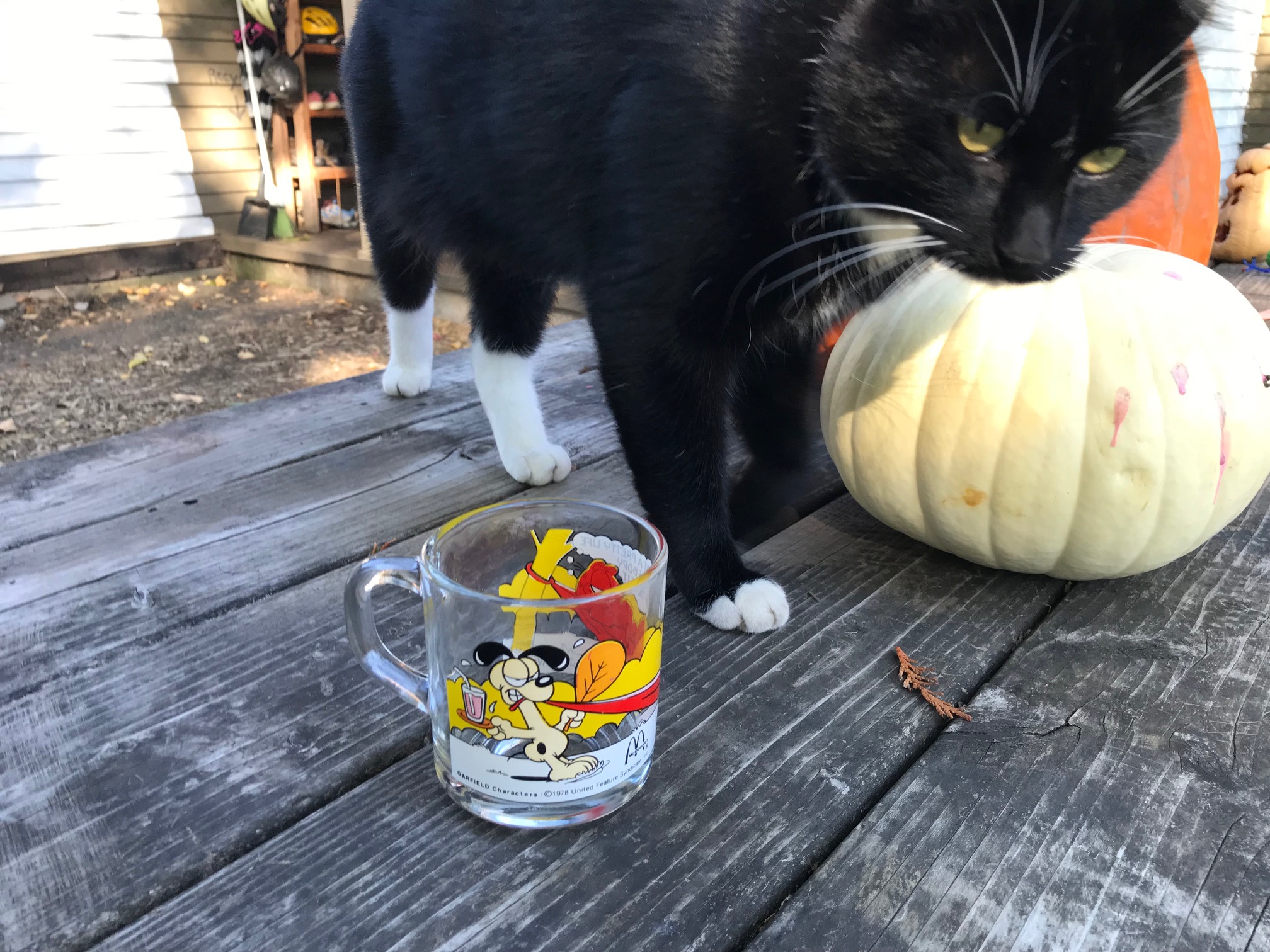
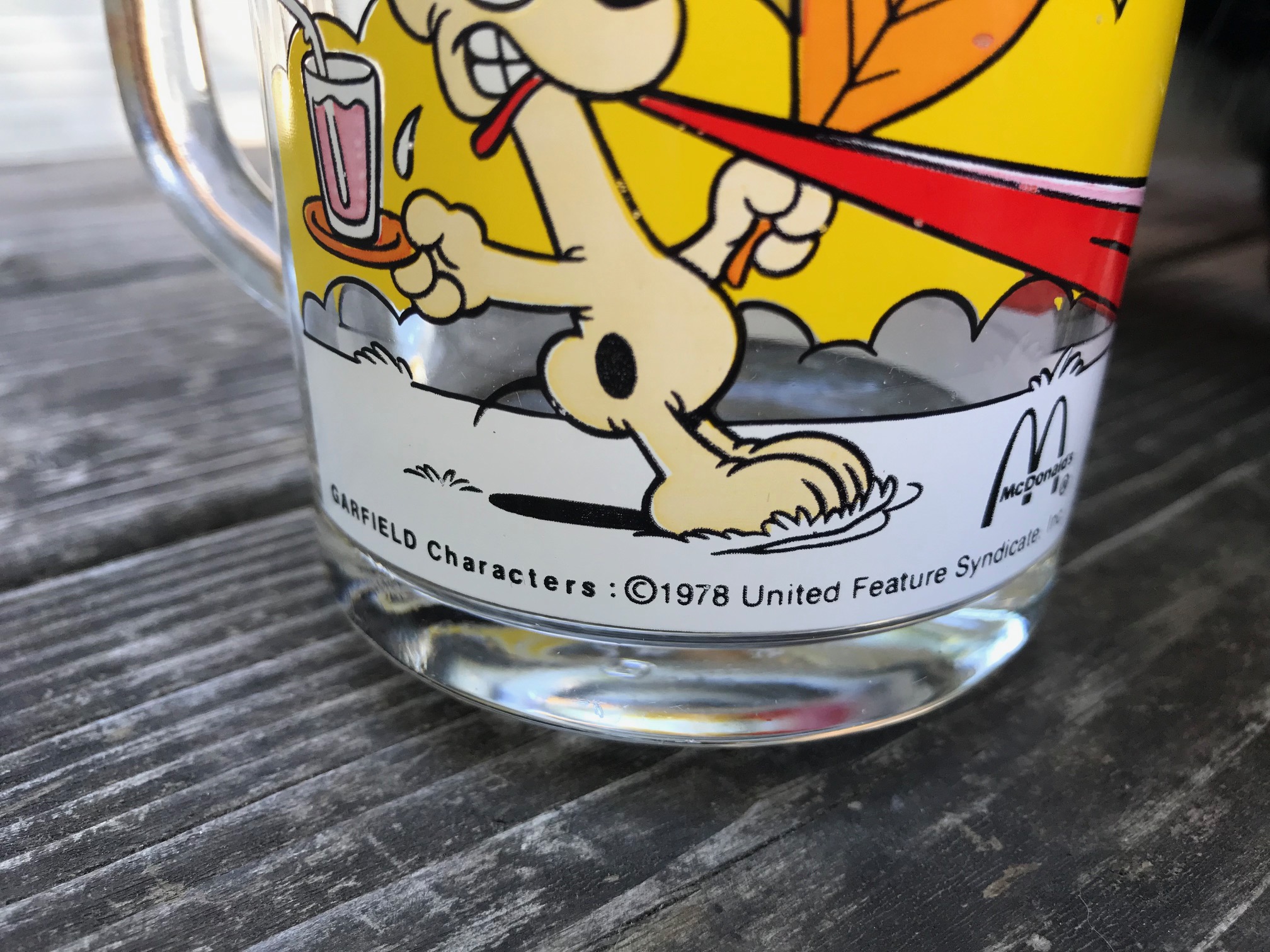
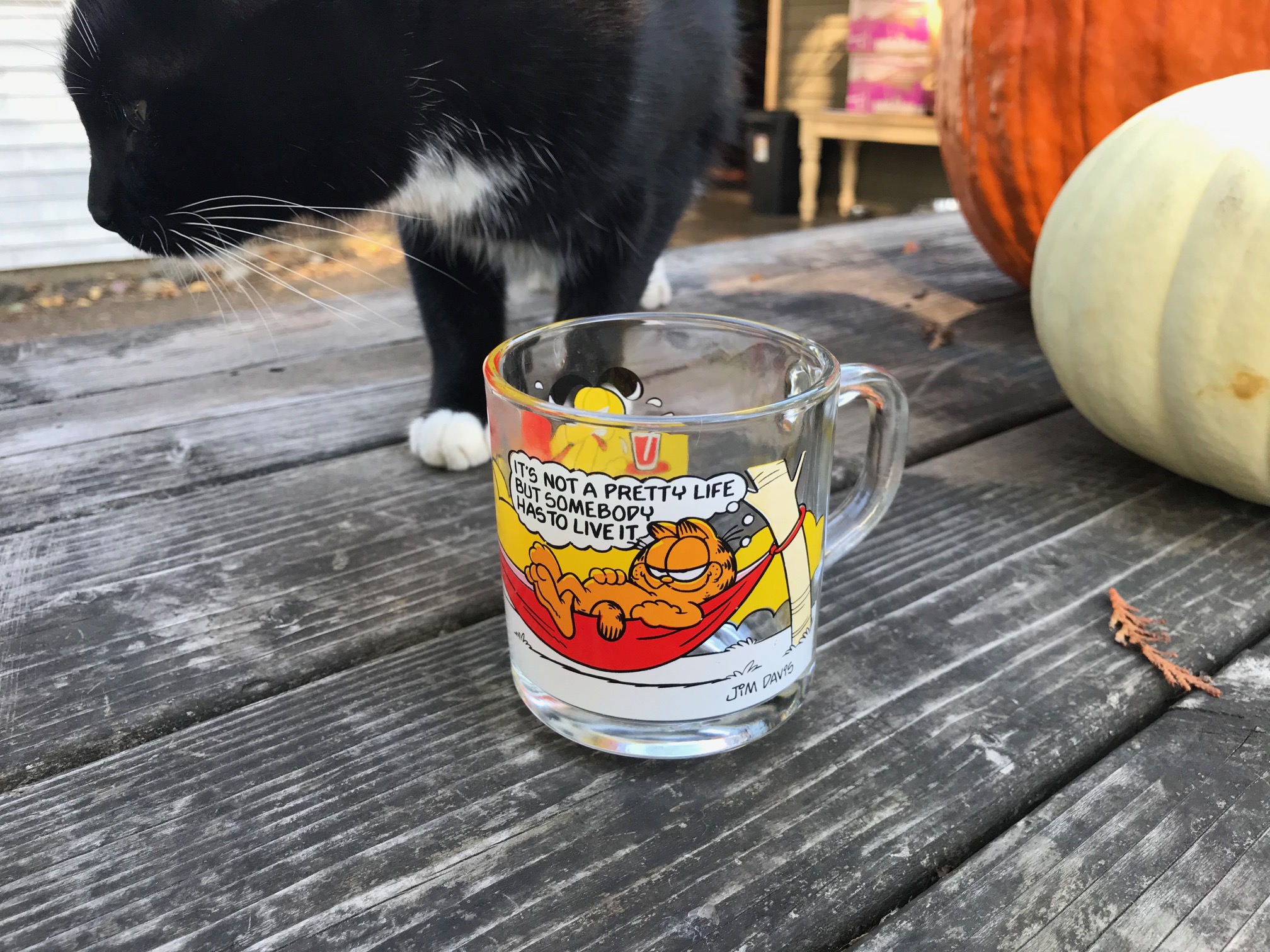

Hello, I love the work you do.
I’m curious, regarding the lead amount you note…is that a reading of the INSIDE of the glasses or the outside? And if it’s the outside that’s toxic due to the ink in the imprint, how much does that really effect us? I’m trying to understand the severity please.
Thank you
Hi Cynthia-
Tamara discusses the concern with Lead on the outside of the glass in this post: https://tamararubin.com/2020/07/if-the-lead-is-only-on-the-outside-of-my-dish-measuring-cup-mixing-bowl-etc-why-does-it-matter-that-it-has-lead/
I just bought some recently and now I’m scared shitless that I might brought in harm to me or kids (even tho I have been the only one drinking from it). What do I do after I sell the glasses to make sure my home is safe?! I’m so freakin nervous it’s 12 am and now I can’t sleep.
Hi Luckie,
Since you just bought them I wouldn’t be too concerned. Just get rid of them (put them in a plastic bag until you do.) And if you want to be extra cautious you can clean out the cabinet they were in using Clorox wipes or similar to clean the area well. It’s not likely they caused any harm to you in a very short time – but it is the long-term use and wear in to your environment that is more of a concern. Here’s my video about cleaning areas that might have Lead dust: https://tamararubin.com/2017/05/my-cloroxwipesvideo-or-how-to-clean-up-lead-dust-a-short-video-by-lead-safe-mama-tamara-rubin/
Tamara
why would you want to sell them and poison someone else’s family ?????
Hey great job feeding into paranoid and most likely on the verge of mental breakdown peoples problems. Good luck with selling whatever bullshit you are pushing.
Oh Ian – so you really like your Garfield glass? I am sorry this is so upsetting for you. Here’s the link to the scientific study that demonstrated this (lead in glassware) is a concern: https://tamararubin.com/2017/11/decorated-glassware/
To any of my other readers – per my privacy policy – Ian’s email is liammcnieve@gmail.com, in case you want to send him some additional science so he can better understand the concern.
Tamara
It’s incredibly unprofessional to dox your own users when they are questioning the validity of results coming from a home test featured in an independent blog. If those readings were truly accurate and this really is an issue, why has this item not been recalled? McDonald’s had many incidents involving lead before and after this item was released, but this one seems to have been fine. Why are you literally the only source of information for this?
Corporate accountably stops with vintage items.
More details here:
https://tamararubin.com/topics/does-vintage-and-new-functional-pottery-and-dishware-have-unsafe-levels-of-lead/
That is specifically called out in the privacy policy of this site — Tamara isn’t doxxing or being unprofessional. In fact they are being quite professional and abiding by the terms of this site as written. You shouldn’t post if you don’t agree…
(Although I would make it a checkbox agreement to the policy when actually posting to get more positive confirmation, as this wouldn’t fly in many other jurisdictions without more explicit agreement. Along with the very clear and direct “Your email address will not be published.” message right above the posting text box…someone could have a legal case, as when posting visibly it says one thing, while the less visible privacy policy says the opposite. That should be improved and made clear up front, and with positive consent.)
The mugs are from well after 1978. He didn’t look like that yet and there wasn’t merchandising yet. 1978 is the copyright date.
That doesn’t mean that it didn’t test positive for lead.
The mugs are from 1987, according to the commercials for it. (https://youtu.be/ZmhqB79MCcI) This specific uploader says they recorded this themself on VHS so I assume they would be accurate about the date.
Lead paint was only banned in housing in 1978, it remained legal in use for all sorts of consumer products until the 21st century.
If anybody wants to get rid of their mugs. Send them to me. I’ll put them in a rocket that will go straight into the sun. Promise.
https://www.sciencedirect.com/science/article/abs/pii/S0048969717328747?via%3Dihub is the actual link to the study.
Wait so is it every one of these cups in this line or specifically cups with that specific art on it?
All of them – here are more examples:
https://tamararubin.com/category/cartoon-character-glass/
So I have a similar glass from the same set, the “im easy to get along with when things go my way” mug and It’s honestly my preferred water cup (b/c it’s clear and diff from other glasses) so i use it a Lot. I’m really worried that this is the case for all the old mugs, thoughts?
Most of the painted mugs & glasses – yes.
Here are other examples: https://tamararubin.com/category/cartoon-character-glass/
I’ve had these on a shelf in my room for a while now but I don’t think I ever used them. I don’t have any kids either, I’m just a collector. Should I be ok?
Hi Sam – here’s some context for that concern: https://tamararubin.com/2021/06/but-is-this-dish-or-toy-or-lamp-or-vitamin-or-piece-of-jewelry-or-tibetan-brass-singing-bowl-actually-going-to-poison-me-and-how-would-that-happen-exactly/
I used to consistently drink from this cup as a kid. Specifically the seesaw one. Should I be worried?
Hi Moxy, here’s an article that addresses that question:
https://tamararubin.com/2021/06/but-is-this-dish-or-toy-or-lamp-or-vitamin-or-piece-of-jewelry-or-tibetan-brass-singing-bowl-actually-going-to-poison-me-and-how-would-that-happen-exactly/
if you own any of these glasses, or any other dangerous garfield merchandise, please send it to me and i will banish it to the shadow realm. pwetty pwease, i pwomise.
Tamara, I’ve licked my Garfield mug every day for the last month. My skin has taken on an unusual orange tint and I feel what seems to be whiskers sprouting on my cheeks. I crave baked pasta dishes at all hours and I fear the monster I’m becoming.
Oh Mike! #Sigh. Good for you! Transforming into Garfield is the best possible outcome. My children have permanent brain damage from being Lead poisoned as babies. My son who is now 17 years old (who was poisoned at 7 months old) has a visual memory in the 4th percentile.
Here again is the post that lists and discusses symptoms in adults (there is a lot of good scientific research at the end too):
https://tamararubin.com/2017/01/what-is-the-impact-of-lead-poisoning-in-adults-including-college-age-students/
Tamara
good
My husband brought these home and I just washed one in my dishwasher and am terrified. What should I do?
Hi Gina,
Out of an abundance of caution you could run the dishwasher empty with a small amount of detergent.
Tamara
So i just bought this cup and I’m a big Garfield fan so i don’t want to get rid of it, i was planning on storing my crochet hooks in there and because i use my crochet hooks almost every day will the lead transfer onto the hooks to the yarn and then make the clothing i make have lead in it? It sounds like a silly question but i want to be safe. Thankyou
Hi Lilly-
If you display these glasses, they should be kept behind glass, not in a place that is going to be opened and closed or stored with other items that you are going to use. Here is a post with more details: https://tamararubin.com/2019/12/what-should-i-do-with-my-lead-contaminated-dishes-to-toss-or-not-to-toss/
This is just some crazy liberal BS. The kids that grew up with these glasses are fine. Liberals love to scare people with this nonsense. Make sure people know all these glasses are worth money so dont throw them out. Sell on ebay to people who dont buy into to all this crap. Guess what everything could cause cancer…live your life.
Rich comment – thanks. Did you know that Lead exposure causes aggressive behavior and impulse control issues?
Here’s the post with symptoms you might want to check out:
https://tamararubin.com/2019/12/what-are-the-symptoms-of-lead-poisoning-in-adults-in-children/
Tamara
I know Garfield is a huge meme and people are like “BRO I WANNA DRING FROM THE GARFIELF LEAD CUPS” but goddamn, this is some legitimately dangerous shit. You would have thought by the late 80s and early 90s this would have not been such a widespread problem, especially after Maccas had been called out in the late 70s from a previous promo.
So crazy how attached people are to these lead and cadmium painted Garfield glasses. I took the remainder of my collection to the dump (the toxic household items section) bagged up and clearly marked as lead and cadmium paint. They assured me they would be disposed of properly. My sister still won’t get rid of hers. Thanks for bringing so much attention to this issue, glad the cups are put to good use raising awareness about lead poisoning.
Thank you!!! Did you see the subway campaign panels?
Is that these? https://tamararubin.com/2023/05/2023-nyc-subway-psa-campaign-additional-ideas/
I love it, very cool way to raise awareness
yes – !